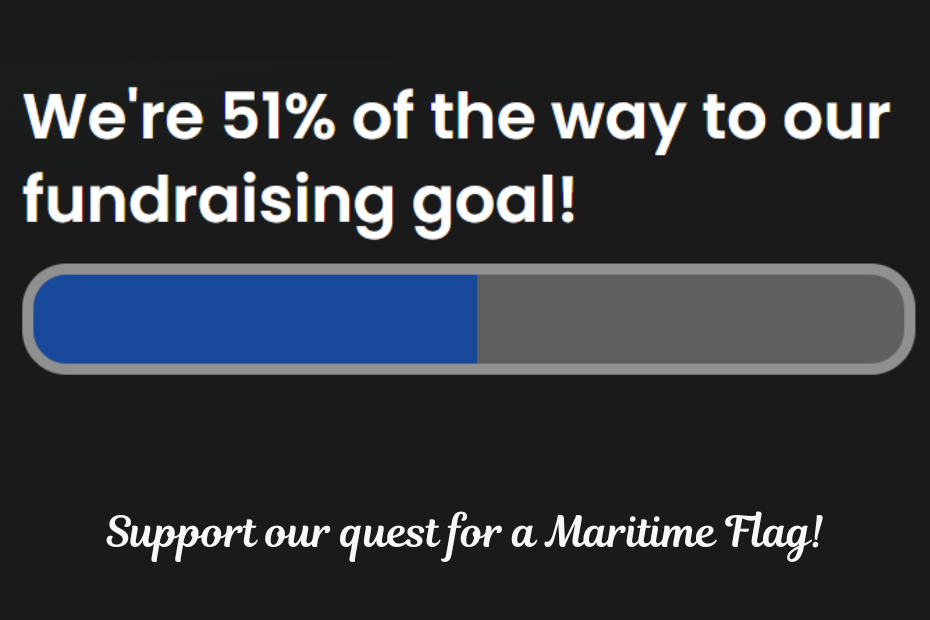This is how you persuade a Seasteading Skeptic.
Joe Quirk, President of The Seasteading Institute, was invited to a civil debate with seasteading skeptic Timothy Allen on the Free Cities Podcast. Tim was so delighted by Joe’s answers, he made 22 short videos of his favorites that you can share with the skeptics in your life on YouTube or TikTok.
The whole conversation is nearly 3 hours long, but these short videos offer succinct and clear answers that you can share with anyone who wants to argue about seasteading.

